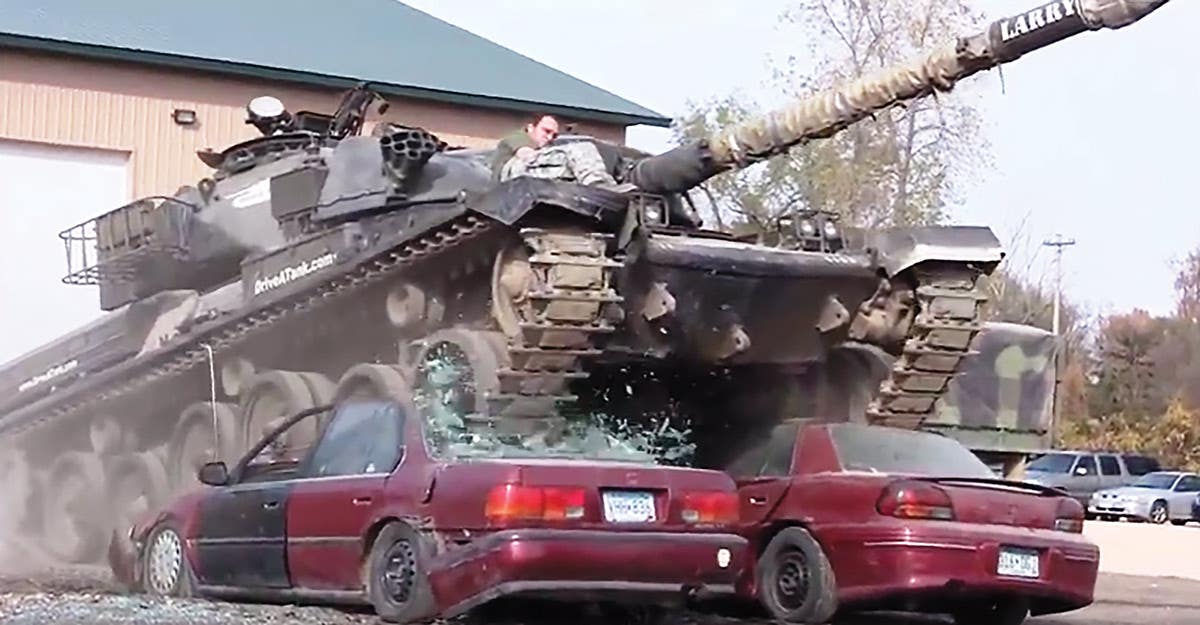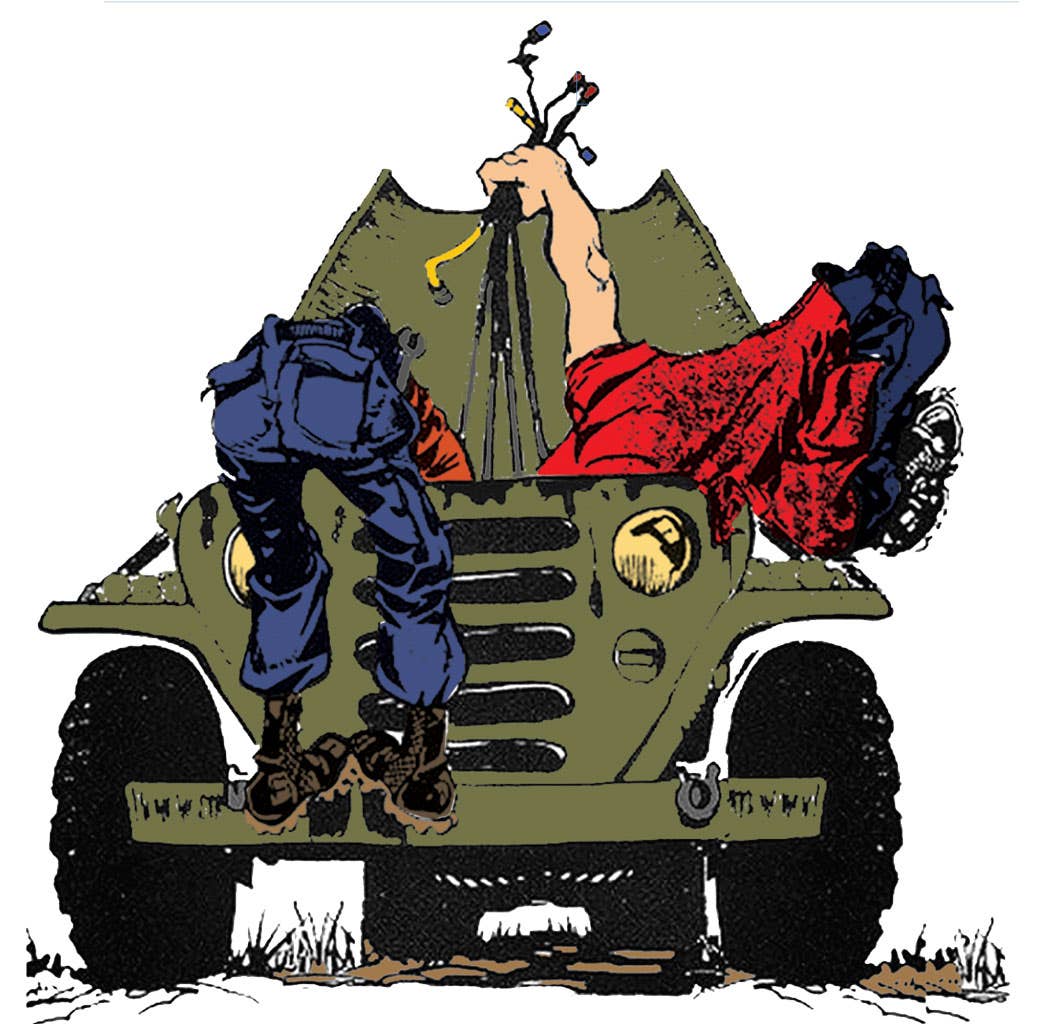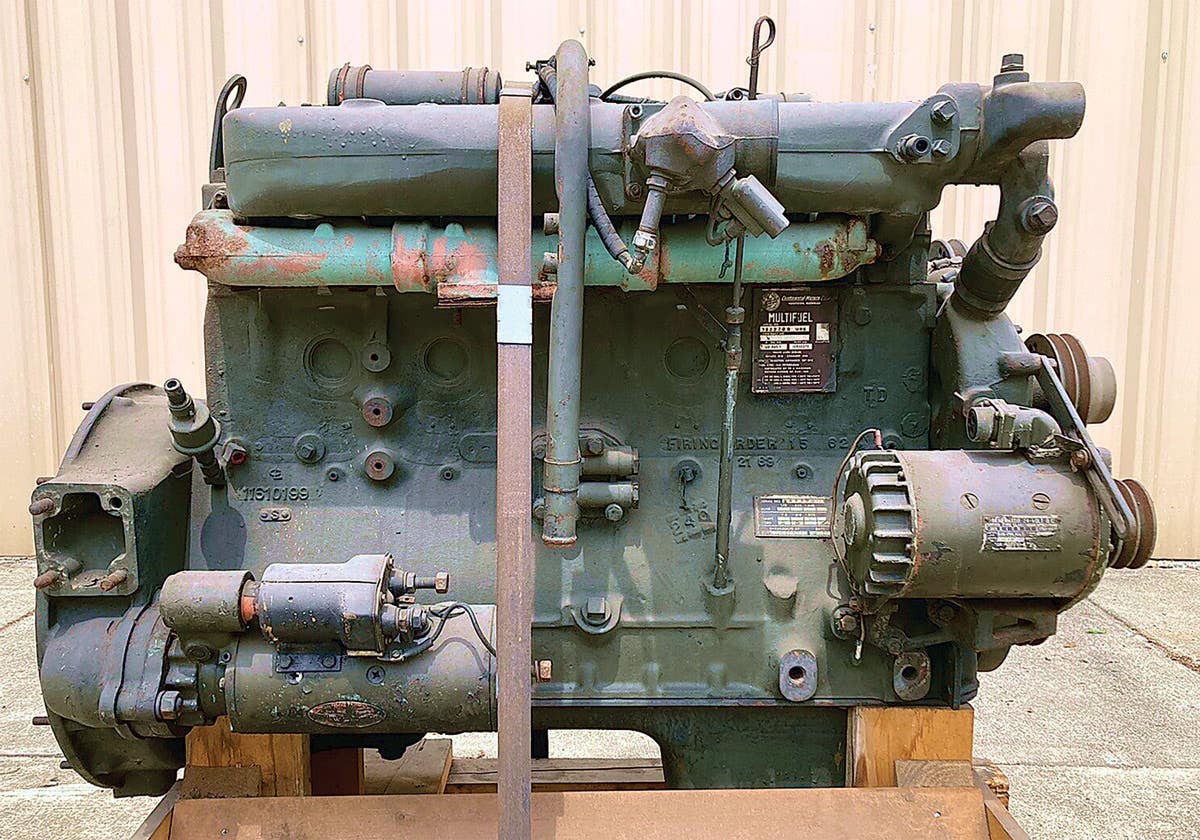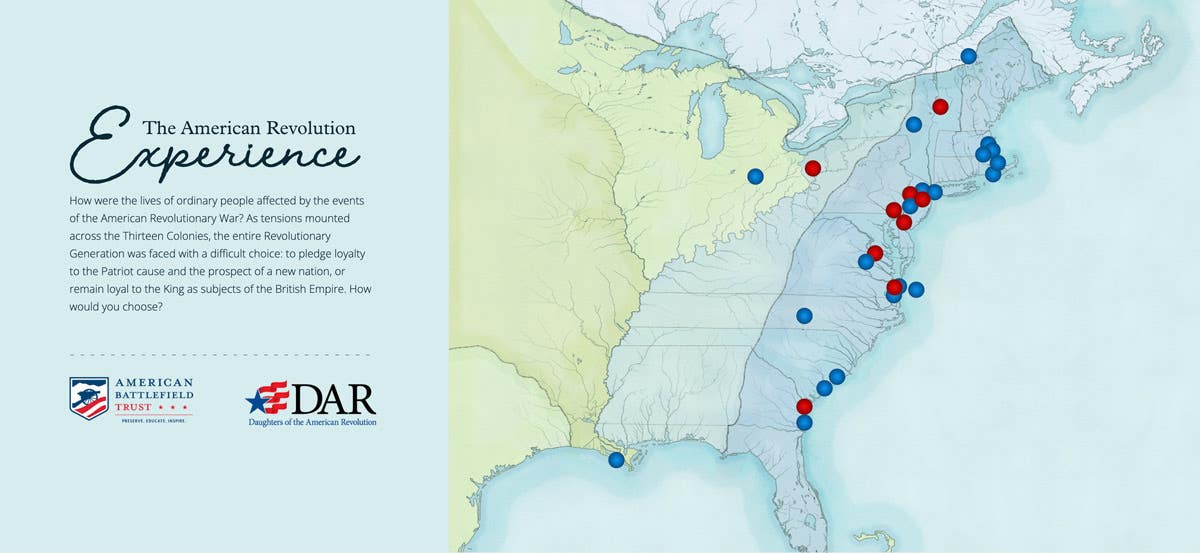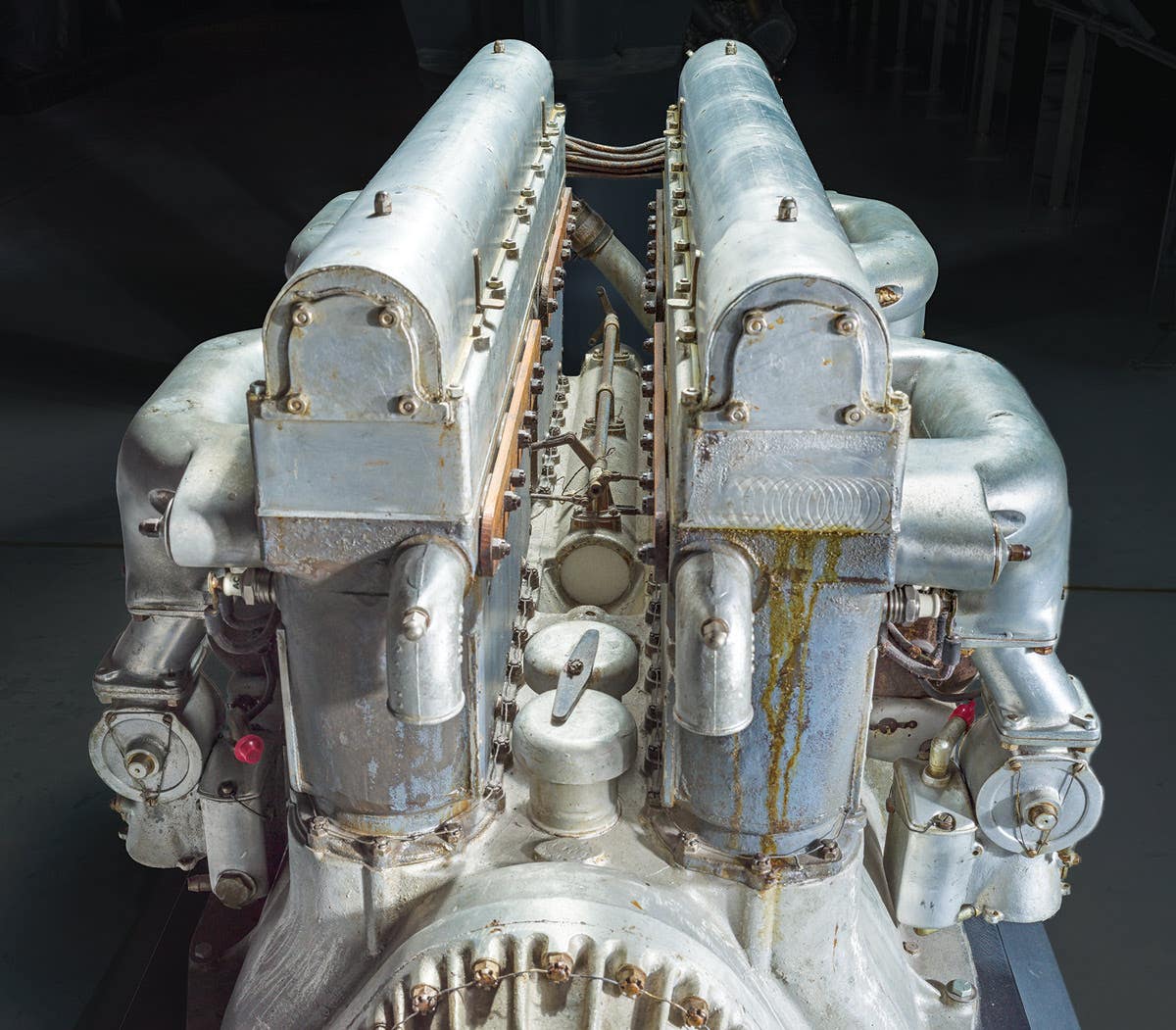Keep ’em Rolling: But where to next?
As museums close or shift assets, what becomes of the vehicles they restored?
As directed by the 2005 round of the the Base Realignment and Closure Commission, many significant historic vehicle (HMV) collections at U.S. Army facilities are being relocated. For example, the process is evident at Aberdeen Proving Grounds where a multitude of vehicles and artillery pieces have been removed from display and transported to Fort Lee, south of Richmond, Va., where plans are in place to display the vehicles in a massive, all-indoor museum. Similarly, the HMVs long on display at Fort Knox Armor Museum in Kentucky, have been removed and transported to Fort Benning, Ga. Museums and private foundations formed to support HMV collections across the nation face similar threats. The Fort Snelling Military Museum (FSMM) in Minneapolis, Minn., is one such museum.
The Department of Defense (DoD) has provided several reasons for the proposed FSMM closure, but essentially there are three main points:
1. There is no full-time Department of Defense (DOD) employee to oversee the operations of the museum.
2.FortSnellingis closing and therefore the museum must be closed.
3. The artifacts are stored outside and are deteriorating.
In reality, the museum is currently supervised by a full-time DoD employee, though it is not his main function. He is a 30+ year member of the Army Reserve, and a specialist in Heavy Equipment Maintenance. His primary job is a leadership position in the local maintenance shop.
Fort Snelling is not closing either. The Command group that once was there has re-located to Fort McCoy, Wis. That group (the 88th Regional Support Command) was replaced by the 372nd Engineer Brigade.
It is true, most of the vehicles are staged out of doors. As volunteers complete restoration of vehicles, however, they are housed in temporary structures.
The FSMM has been self-supporting since 2007. All of the costs of keeping the museum open and operational have been paid for by the volunteer organization through a variety of fund-raising methods. This has included paying for all of the parts and material needed to complete the restoration of a number of artifacts. The Army Reserve has provided the museum with a building to perform the restoration work in, along with the heat and electricity.
During the approximately 13 years that the museum has been in operation, the volunteers have donated roughly 100,000 hours of labor. Current estimates bring the cost of moving the artifacts to over $500,000 and this could easily double over time. Most of the vehicles will be moved to the Anniston Army storage depot in Alabama. The restored vehicles are to be dispersed to U.S. Army museums throughout the nation.
For more information on the Fort Snelling Military Museum, its programs or efforts to avoid a potential closure, log onto www.fsmm.org or write, Fort Snelling Military Museum, 511 Constitution Avenue, Fort Snelling, MN 55111-4027 or call 612.713.3291.
John Adams-Graf ("JAG" to most) is the editor of Military Trader and Military Vehicles Magazine. He has been a military collector for his entire life. The son of a WWII veteran, his writings carry many lessons from the Greatest Generation. JAG has authored several books, including multiple editions of Warman's WWII Collectibles, Civil War Collectibles, and the Standard Catalog of Civil War Firearms. He is a passionate shooter, wood-splitter, kayaker, and WWI AEF Tank Corps collector.



